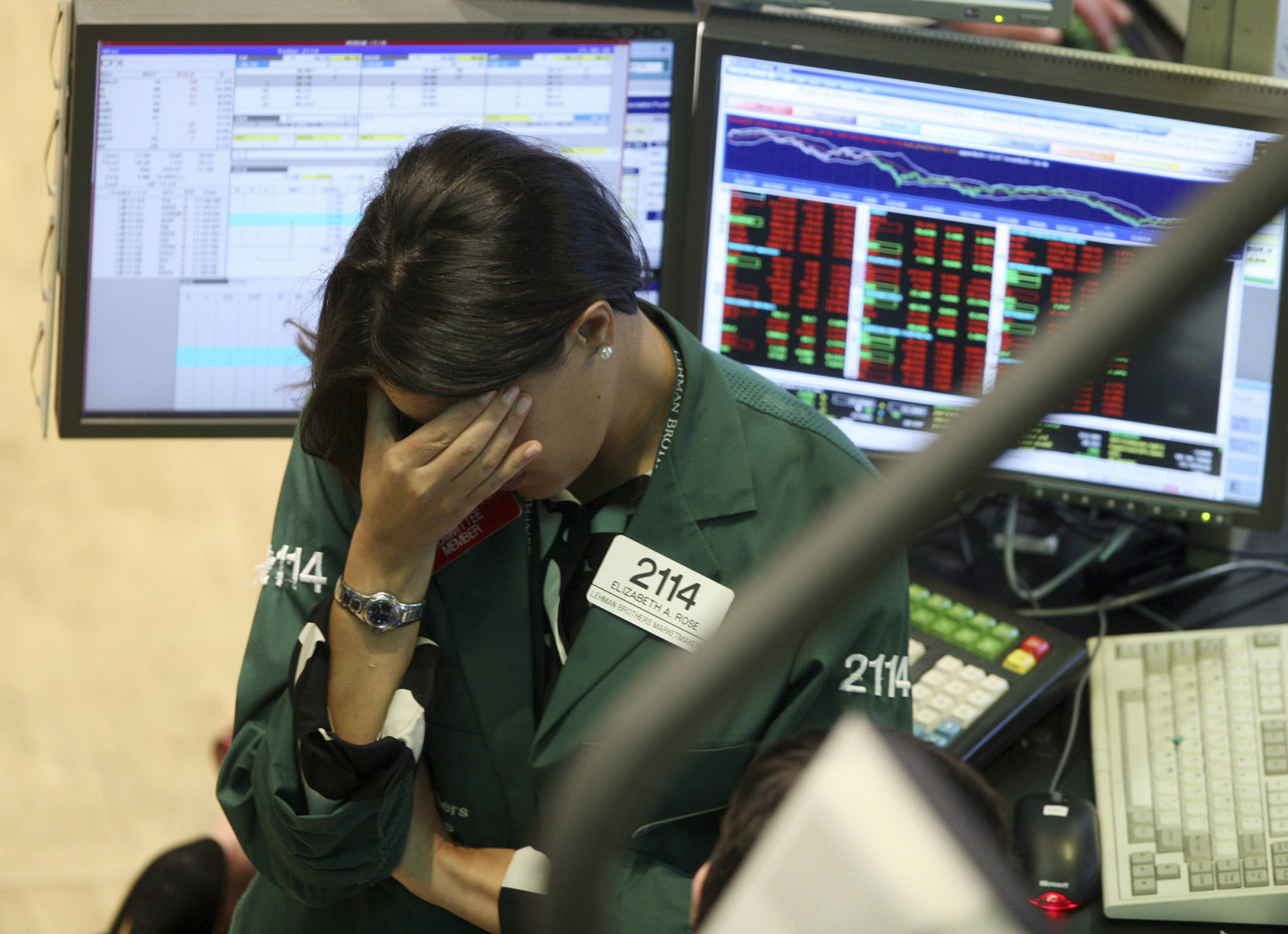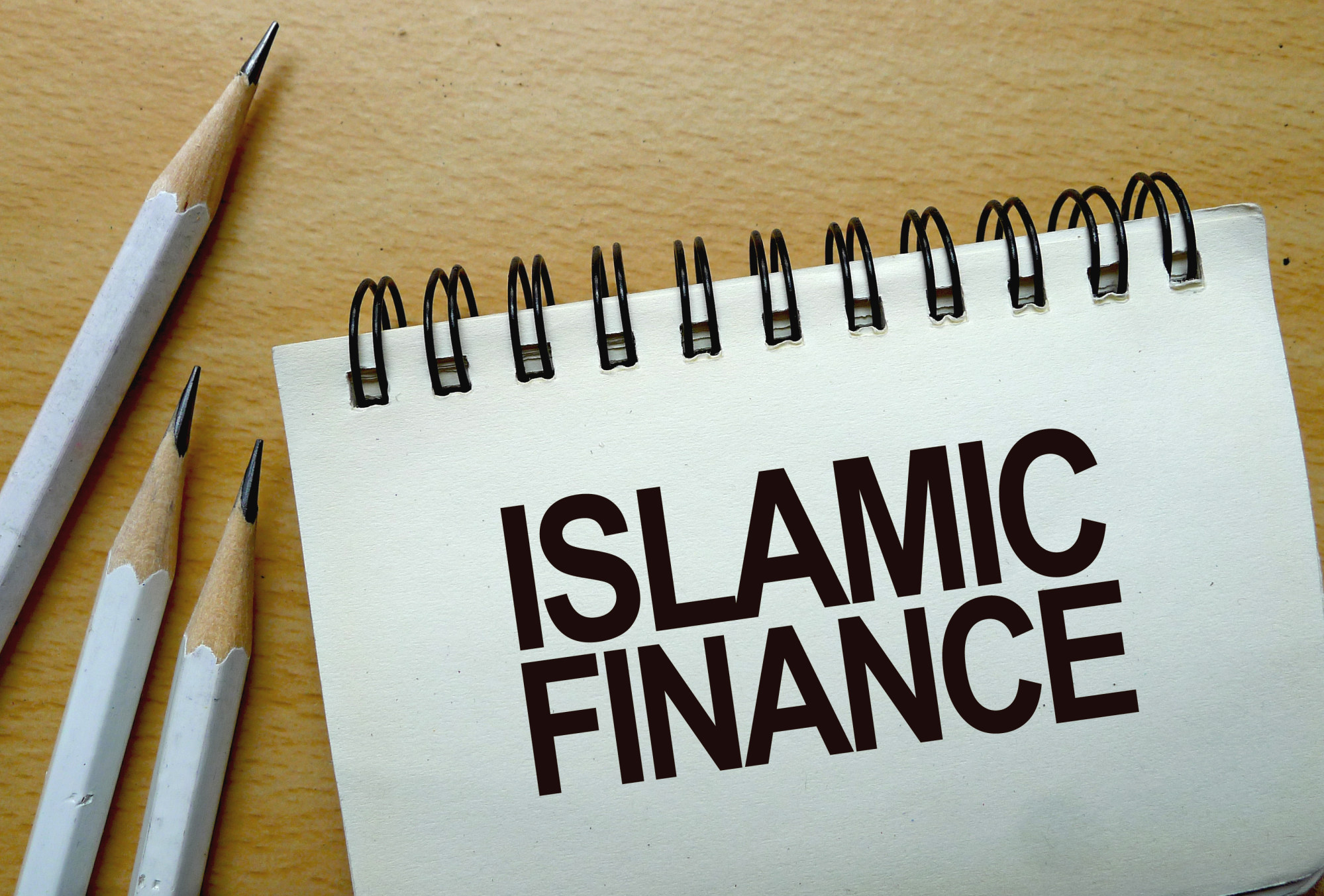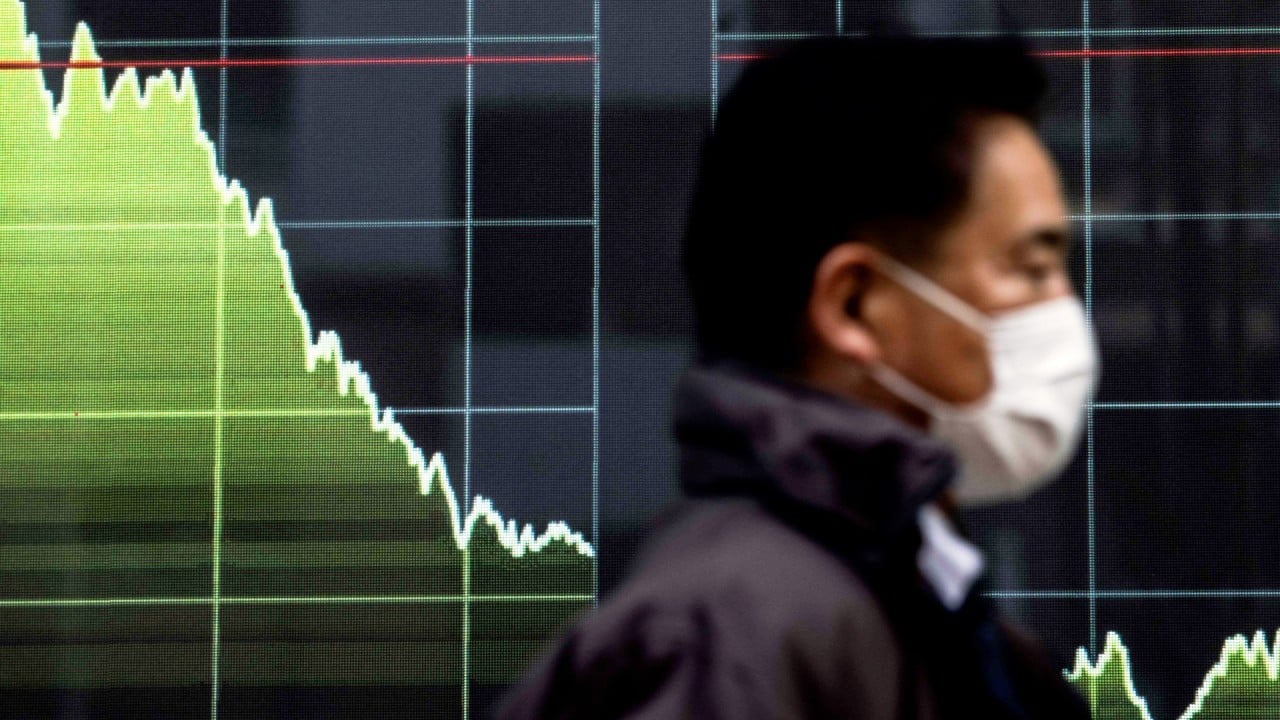Attending the Global Islamic Economy and Finance Forum in Kuala Lumpur this week, it struck me that the theme illustrated a policy dilemma over whether to promote the real economy over finance or the other way round.
Finance has led the real economy in global growth since the 1980s, when financial liberalisation became synonymous with the neoliberal order. Allowing open capital accounts, promoting free financial markets and competition seemed to lead to efficient capital flows that help economic development.

The Covid-19 pandemic and economic lockdowns were “medicated” at the economic level with greater monetary creation and loose fiscal policy but, since 2008, global growth has slowed because financialisation increased debt at the expense of real-sector productivity, inviting short-term speculation over long-term investments and structural, but painful, reforms.
The dilemma of finance vs the real sector is reflected in a country’s balance sheet, where national assets (real) are essentially funded by liability (monetary or financial structure).
The free-market model has allowed debt to balloon since the 1980s. The ratio of the world’s financial assets to its gross domestic product has risen to over 400 per cent with the massive growth in debt, whereas equity has remained at around 100 per cent of GDP.
This is where the US stock market model is superior to the heavily bank-led Chinese, European and Japanese models. The US corporate sector prefers to make high bets on technology funded by private equity venture capital, using initial public offerings to attract public capital.
In other words, a country with a stronger real economy story, funded by the right type of risk capital, will outperform competitors with a weak real-economy development model, funded by fragile debt.

In that sense, the logic of Islamic finance promotes self-restraint. Debt finance operates on risk transfer – the lender protects its interests through collateral or third-party guarantees, while the borrower bears all the risks of failure.
Under the free-market model with one dominant hegemon, free market policies make sense because the hegemon maintains stability and benefits from everyone following its rules. But in a world of contending powers and higher risks and uncertainty, a real-sector strategy with prudent, low-geared equity-based funding that tackles both social and environmental injustices seems the right way to go.
In the end, though, playing with finance is like rearranging deckchairs on the Titanic. Turning the ship away from existential disaster is where we should be putting all our collective efforts.
Andrew Sheng is a former central banker who writes on global issues from an Asian perspective



